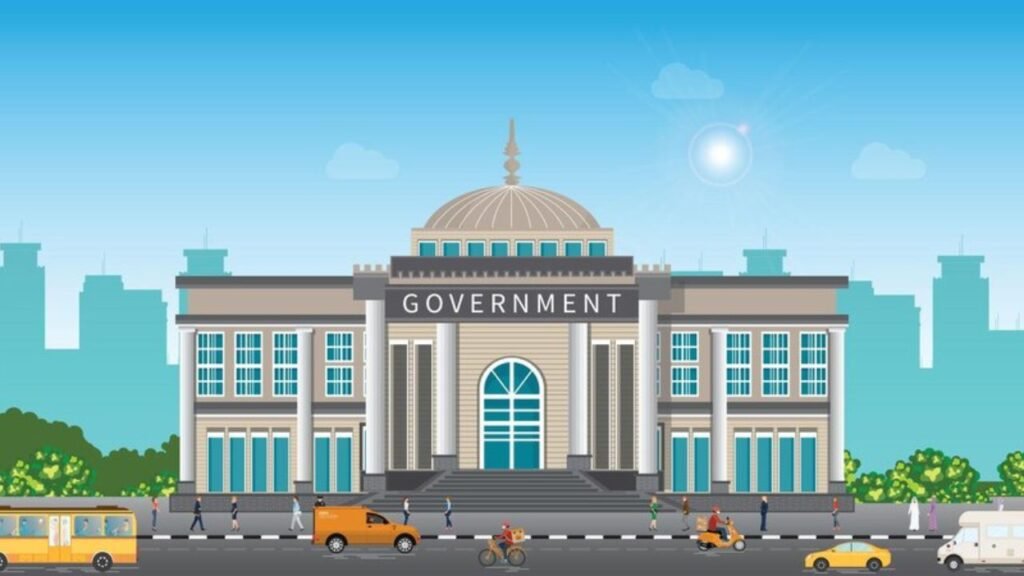Date
In India, where the expenditure of a girl’s child’s marriage is calculated from the day she’s born, it becomes necessary for the government to back the parents of girls’ children with colorful well-being schemes. Then are four government schemes in India for girls’ child well-being.
The expenditure on marriage and dowry in India is so high that girls’ children are frequently treated as arrears by their parents, cousins, and society. Indeed moment, in depressed communities, utmost girls are trained in household chores to become ‘good women’ rather than being transferred to the academy.
India also has a high drop- eschewal rate for girl scholars when they hit puberty.
SUBSCRIBE TO OUR YOUTUBE CHANNEL
That deprives girls of the right to education and allows child marriage to go ahead in remote areas indeed when it’s illegal in the country. To attack these issues and raise mindfulness of the significance of educating girls, the Indian government has come up with several schemes that support parents to help educate their girl’s children.
Then are 5 government schemes for the well-being of the girl child in India
1. Sukanya Samriddhi Yojana- Government Schemes
Sukanya Samriddhi Yojana(SSY), was launched in 2015, to promote the well-being of girl children.
It encourages parents to invest and make finances for the unborn studies and marriage charges of the girl’s children.
7 major impacts of rapid-fire climate change on land, oceans, and atmosphere
2. Balika Samriddhi Yojana– Government Schemes
Balika Samriddhi Yojana is another central government scheme to support girls in financially vulnerable sections of society. This scheme ensures the registration and retention of girl children in primary and secondary seminaries.
It aims at the substance of a girl’s child and provides them with a better quality education.
To the utility of the benefits of Balika Samriddhi Yojana, the girl’s child should belong to a family below the poverty line(BPL).
3. Beti Bachao Beti Padhao– Government Schemes
Among all the other girl’s child well-being schemes, Beti Bachao Beti Padhao is the most popular.
numerous seminaries and universities plump this scheme under different means.
To support the registration of scholars for advanced studies, some universities apply figure concessions on the enrollment and admission of womanish scholars.
Know these government schemes for girl child well-being
This scheme celebrates girl children, literally rephrasing to “Save the Girl Child, Educate the Girl child”. It believes in women’s commission and creating an inclusive ecosystem for the same.
4 famed nurses from history who changed the world
This scheme is to promote girls’ children’s safety ahead and after they’re born. The choosy gender-grounded revocations ever prevail in numerous corridors of India and are only worsening as shown in the 2011 Census. With the help of technology, a pregnant woman’s family manages to learn the coitus of the fetus, and the womanish fetus is abandoned.
4. Ladli Scheme– Government Schemes
This scheme was launched by the Haryana government under the state’s Ministry of Child and Women’s Development. Haryana is generally a manly-dominated state and the birth of a girl is treated as a bad auspice in numerous areas. Hence, this scheme was launched to break the spot relating to the birth of a girl.
This scheme means spreading mindfulness about guarding girls to ameliorate the coitus rate of the state and good education installations for ladies across the state.
Environmental disasters across the world that shook us up in 2020
5. National Scheme of incitement to Girls for Secondary Education– Government Schemes
The National Scheme of incitement to Girls for Secondary Education is a visage India scheme operated by the Department of Education and Education, Ministry of Human coffers Development, Government of India. It’s substantially for the benefit of girls in the underprivileged classes of India. Once a qualifying student has been chosen,Rs. 3000 will be deposited as a fixed deposit on her behalf. This balance can be withdrawn with interest after the pupil has passed the class 10 test and has reached the age of 18 times.




 Divine Namaskar
Divine Namaskar  I'm seeking PLR therapy. How can you assist me with this?
I'm seeking PLR therapy. How can you assist me with this?